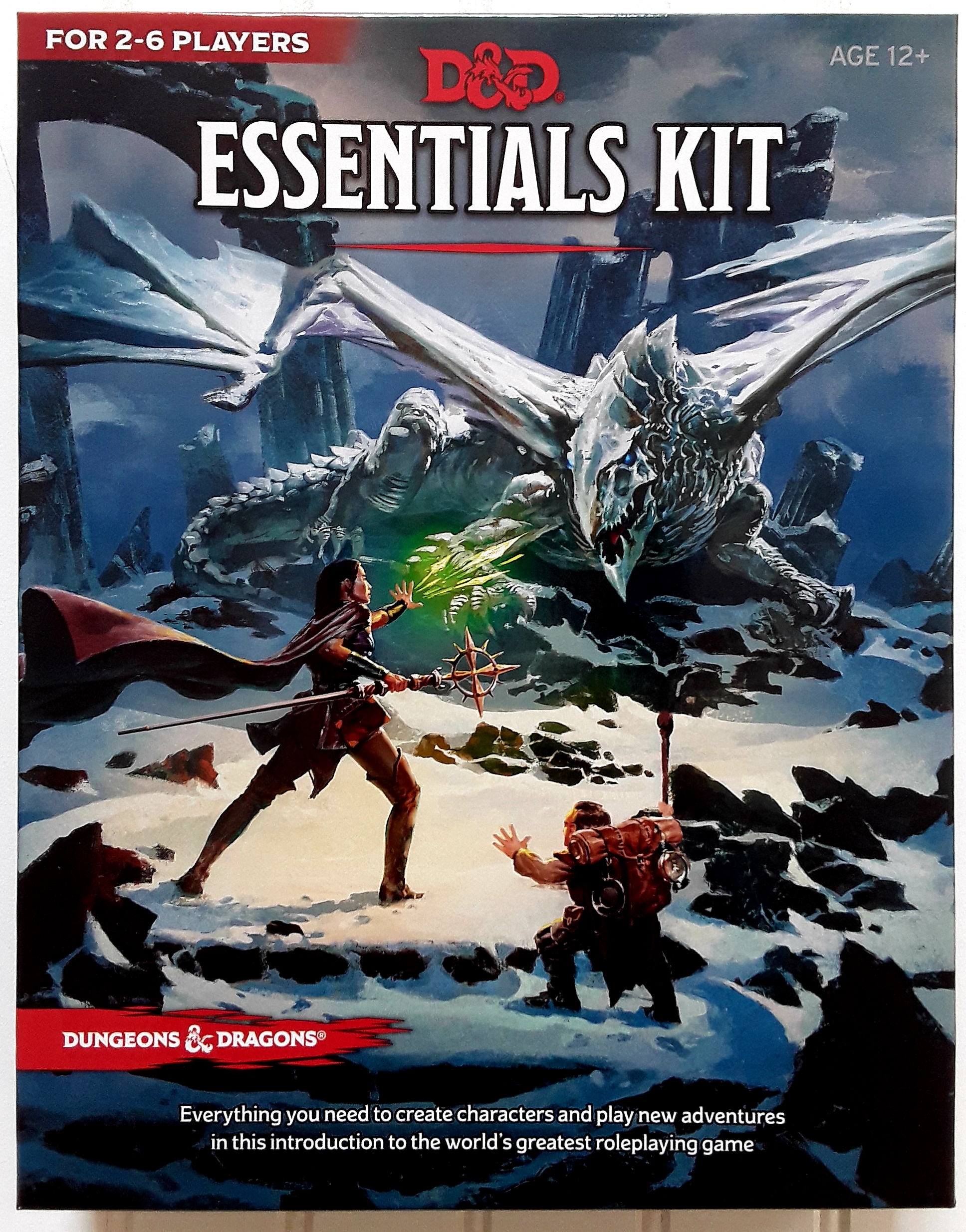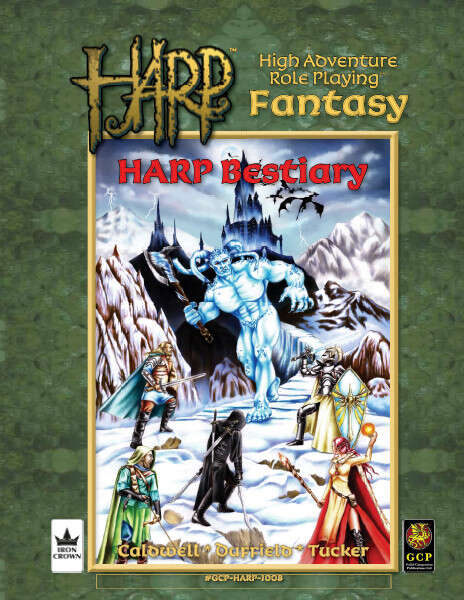Dungeon Builder
Dungeon Builder, http://www.vorpalsoftware.com, is a website designed to facilitate playing RPGs, specifically ones that use grid maps.
By Lawrence “darth_kwan_doh” Grabowski

Providing a short overview of what Dungeon Builder has to offer would be difficult, because it does a lot. I will instead go over the major features and touch on what I liked or didn’t like about them.
I didn’t really like how long all the tutorials are. That said, I didn’t find them verbose; they each said their piece and got on with it. For someone who really wants to use the website to the fullest, they are extremely useful.
There are three ways to use Dungeon Builder: as a GM, as a player, or as an Internal Character. A GM subscription, $18.99 a year, allows you to build dungeons, encounters, monsters, NPCs, all the things GMs normally do. Additionally, you can be a player in other peoples’ games. A Player subscription, $8.99 a year, lets you do the sort of things PCs can do. You can join campaigns, see revealed parts of the map, etc. An Internal Character is Dungeon Builder’s way of taking mercy on someone who doesn’t want to pay $8.99 for an entire year of service. Essentially it allows a player to piggyback on the GM’s subscription so they can participate in gameplay. However, many other features, such as auto loot assignment, are unavailable and Internal Characters must be updated manually.
Dungeon Builder is essentially systemless, having a variety of stat blocks that can be used to notate for several games, although it does seem like it was originally conceived with Dungeons and Dragons in mind. It includes a die roller that allows for multiple rolls, adding or subtracting a fixed value from the total or from each die. While this works well for a game like Dungeons and Dragons, which has a straight forward method of rolling and adding, I am not sure it will work as fluidly with something like Legend of the Five Rings, which uses a roll and keep system.
There are, in my opinion, two major facets to Dungeon Builder: the map editor and the game session runner.
The map editor is well designed. On the most basic level you can create dungeon levels by creating and manipulating two dimensional shapes on a grid. There are a variety of features that make it really shine. You can link rooms by corridors and if you move a room to another spot on the grid, the corridor gets moved with it; you can create multi-level dungeons that are connected by staircases; and you can upload images, say of your favorite RPG map, and build a dungeon on top of it, preserving it forever in digital form. As you would expect, you can add things like room descriptions and slowly reveal the map to the players as they progress through the dungeon.
You can create monsters to be used in encounters in your dungeon. This is done by filling out a form with a variety of keywords and/or die codes. For example, you can create a monster, give it the keyword “orc” and then build a sword attack for it. You select the keyword, under attacks, “sword,” apply keywords for secondary effects, like poison, and finally assign it a die code for damage. All in all, I think it is a well thought out system that allows you to create monsters for your game as well as remind yourself of the specific rules.
There are two ways to impute monsters. You can do it on the website or you can enter it using an Excel spreadsheet. If you use a spreadsheet you can upload up to 100 monsters at a time, which is much faster than entering them by hand. Finally, in true old school fashion, you can assign a percentage chance that one monster will appear with another in a random encounter. Making a PC is a similar to making a monster, but more involved. You can equip them, give them money, etc, pretty standard.
You can create encounters or have the website randomly generate them for you; again, a huge nod to the earlier dungeon crawling RPGs. I am a little unsure of how I feel about this. You can ignore the random encounters that occur, so I wonder why the generator was built in the first place.
After you have built a killer dungeon, you can run it for a party. The program lets you keep track of the progression of time and automatically tracks things like breath weapon recharge. Party movement through the dungeon is tracked with an icon, slowly revealing the dungeon and triggering any encounters the GM might have set up. You can also assign players loot through a delivery system, which I believe automatically updates their character sheet.
There is a chat system you can use to talk to the community at large, other people in your game session, or anyone else you can invite into a private chat. Additionally, and most interesting, you can send a private message requesting that the player make a roll in secret, say for perception. The player then has the option to use a die roller or an actual die to generate a result.
Dungeon Builder is packed with useful features for running adventures using a grid map. You can build maps, monsters, encounters, run actual adventures, and keep track of it all. There’s a great chat system that allows you to talk to people in a group, privately, and send requests for die rolls. If you are interested in running a dungeon crawl online with a great set of internet tools, you can’t go wrong with Dungeon Builder.


